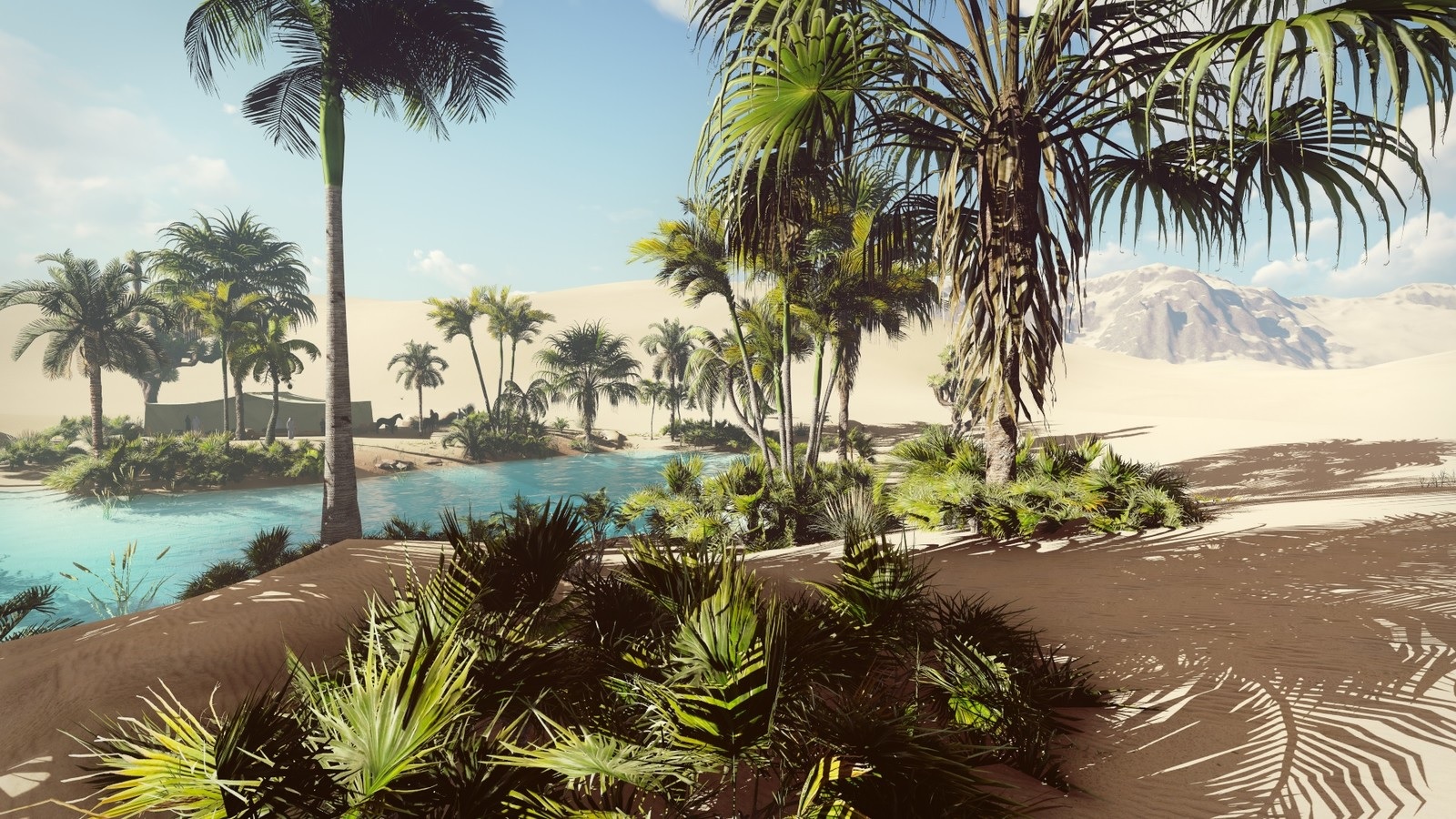Adrar
Adrar is a settlement village and oasis in the kingdom of Tuwat deep in the Sahara Desert, approximately 650 miles south-southeast of Algiers. The oasis is one of a chain running north to south, forming a crucial trans-Saharan trade route linking Timbuktu and Gao on the Niger River with the Saadi Empire and the Barbary Coast. This route is a vital artery for gold, salt, textiles and slaves, traversed by caravans of Tuareg, Berber and Arab merchants. The inhabitants of Adrar are the Djang, a Guinean-Berber people distinguished by their four arms, an unusual feature that sets them apart in the ethnographic records of the region.
Contents
The climate is one of extremes. Summers and early autumns are consistently sweltering, sometimes reaching feverish conditions in the shade. Winters, by contrast, bring pleasant to warm days, though nights can be surprisingly chilly, sometimes dropping to freezing temperatures. Frost is not unheard of, particularly in January. Rainfall is scarce, averaging 14 inches per year, most of it falling in brief but intense showers between late January and April.
The bazaar serves as the commercial heart of Adrar, where traders exchange salt, cloth, spices, dates and livestock brought in by the caravans. However, no significant commercial products originate within Adrar itself; the oasis functions primarily as a transit point. Water is drawn from foggaras, an intricate underground canal system used to irrigate small date palm groves and sustain the population. The settlement is governed loosely, with power shared among local Berber chiefs, Tuareg traders and merchant families, though it nominally falls under the authority of the Saadi Empire, which seeks to control trans-Saharan trade.
History
Adrar's history extends back to the 2nd century AD, with caravan traffic passing through for at least two thousand years. The origin of the Djang is uncertain, though it is believed they migrated from the Guinea Coast or deeper in West Africa. Some local oral traditions suggest they may have arrived from another plane of existence, though no written records support this claim. The first detailed European and Arab accounts of Adrar and Tuwat emerged in the 14th century, with geographers such as Ibn Battuta and later Leo Africanus describing the region's oases and the importance of its trade routes.
The introduction of the camel in the first few centuries AD transformed Adrar into a viable stopping point for caravans, as camel-based trade routes connected North Africa with the gold-rich regions of West Africa.
By the 10th century, Adrar had become an integral part of the Tuwat oasis system, which flourished under the control of Berber and Tuareg traders. The region acted as a critical link in the gold-for-salt trade, with gold arriving from the Ghana and later Mali Empires, while salt from Taghaza and Taoudenni moved northward toward the Mediterranean. Islamic scholars and merchants traveling between the Maghreb and West Africa brought not only goods but also religious and intellectual influences, making Adrar part of a broader Islamic cultural sphere.
The 14th and 15th centuries saw Adrar reach its peak as a commercial and religious center, benefiting from the patronage of the Mali Empire and later the Saadi dynasty of Morocco. The Saadi sultans, eager to dominate trans-Saharan commerce, sought control over Tuwat's oases, as they provided essential water and logistical support for caravans. In 1591, after the Moroccan invasion of the Songhai Empire, Saadi forces extended their influence southward, establishing military garrisons along key trade routes, including Tuwat. While this allowed Moroccan merchants greater access to Saharan trade, it also sparked unrest among the local Berber and Tuareg populations, who resented external interference.
By 1650, Adrar remains a strategically valuable but somewhat neglected part of the Tuwati realm. The subsidence of Moroccan influence, coupled with the growing dominance of European coastal trade, has reduced the volume of trans-Saharan commerce. However, Adrar and other Tuwat oases continued to be used by Tuareg confederations, Hausa merchants and itinerant scholars, ensuring the region's continued relevance. The Djang, with their distinct physical features, likely held an ambiguous status within the community, possibly acting as specialised artisans, traders or desert guides familiar with hidden wells and safe caravan paths.
